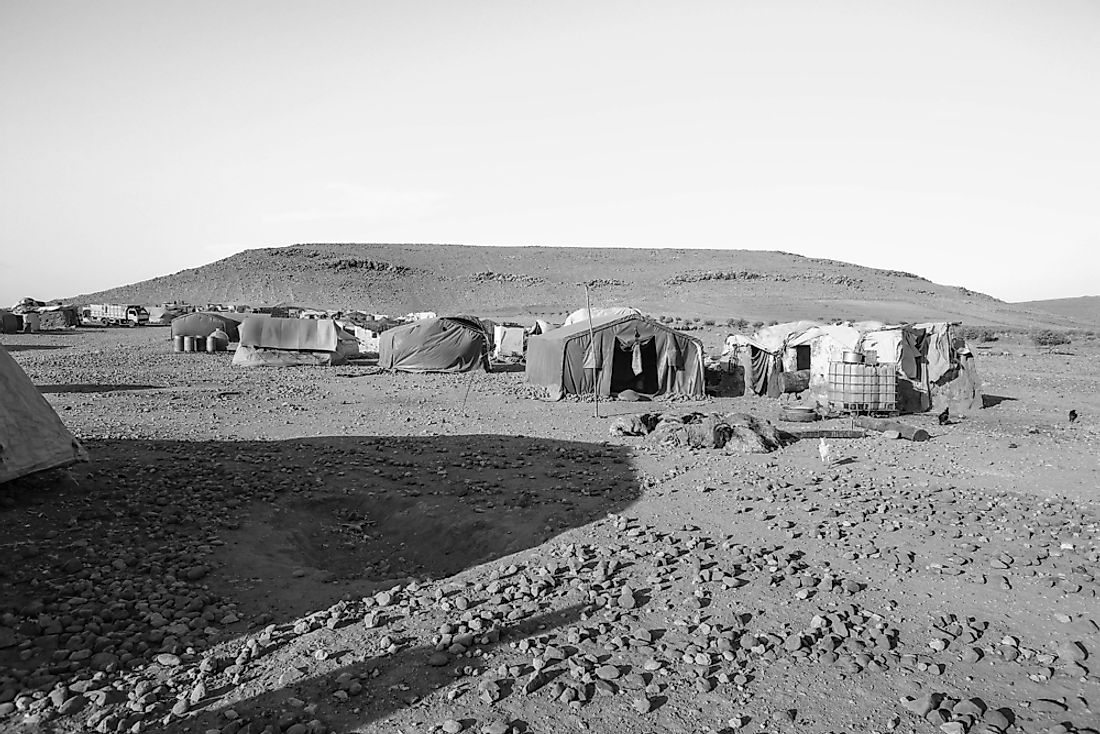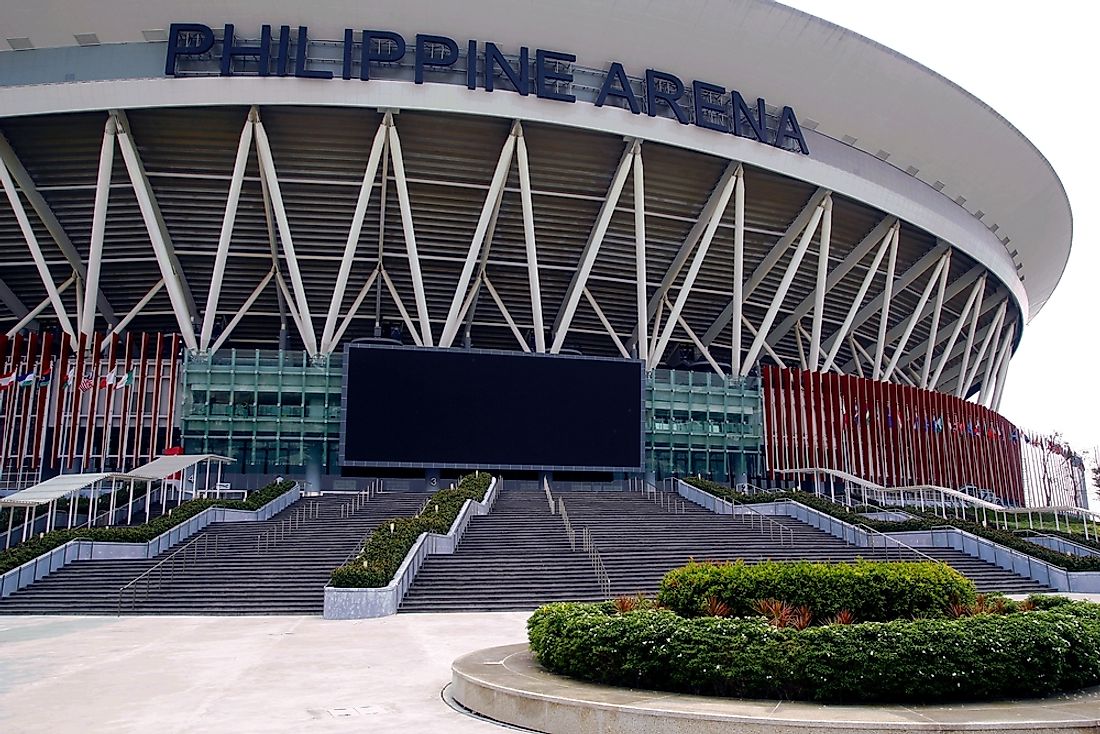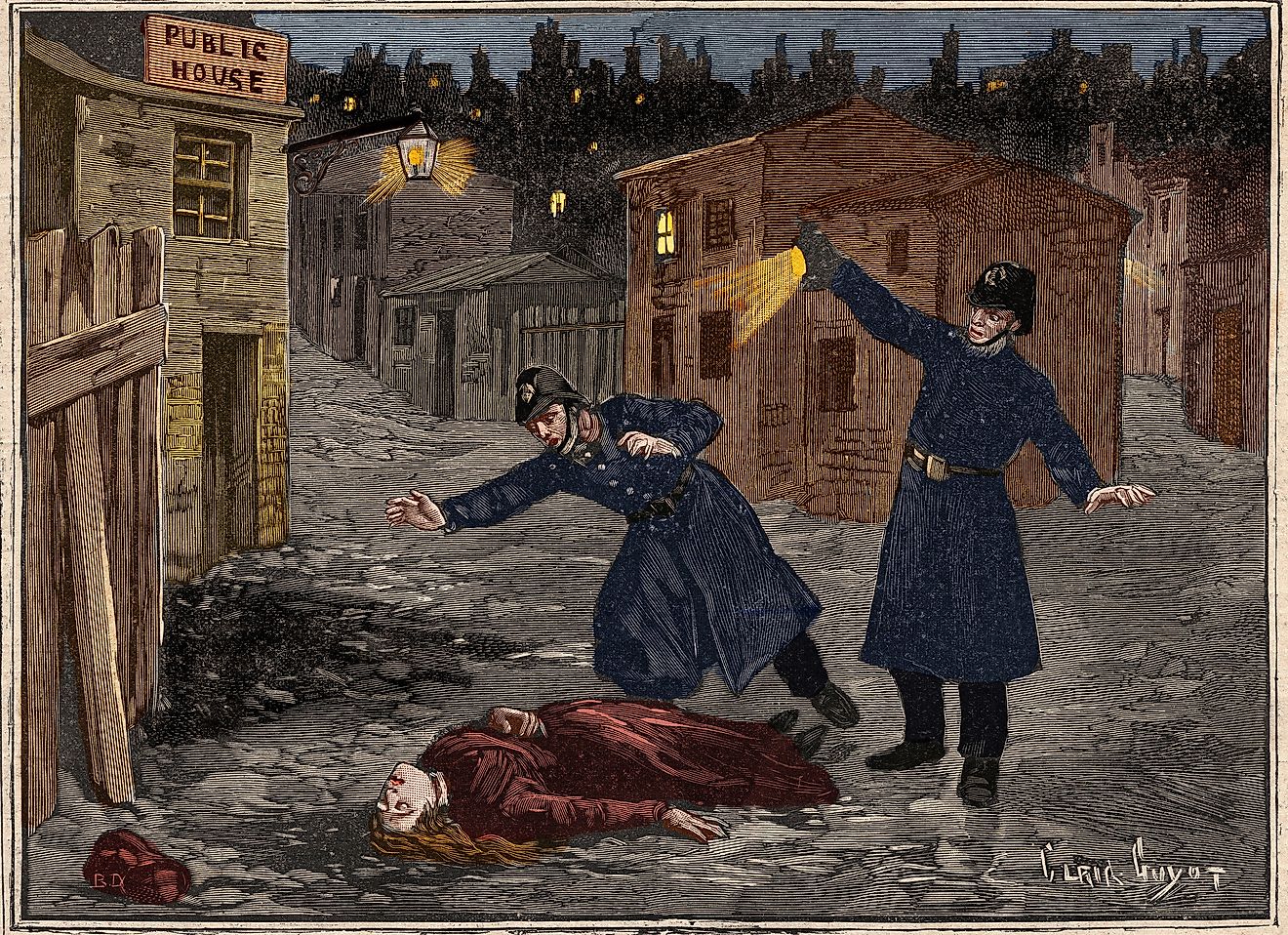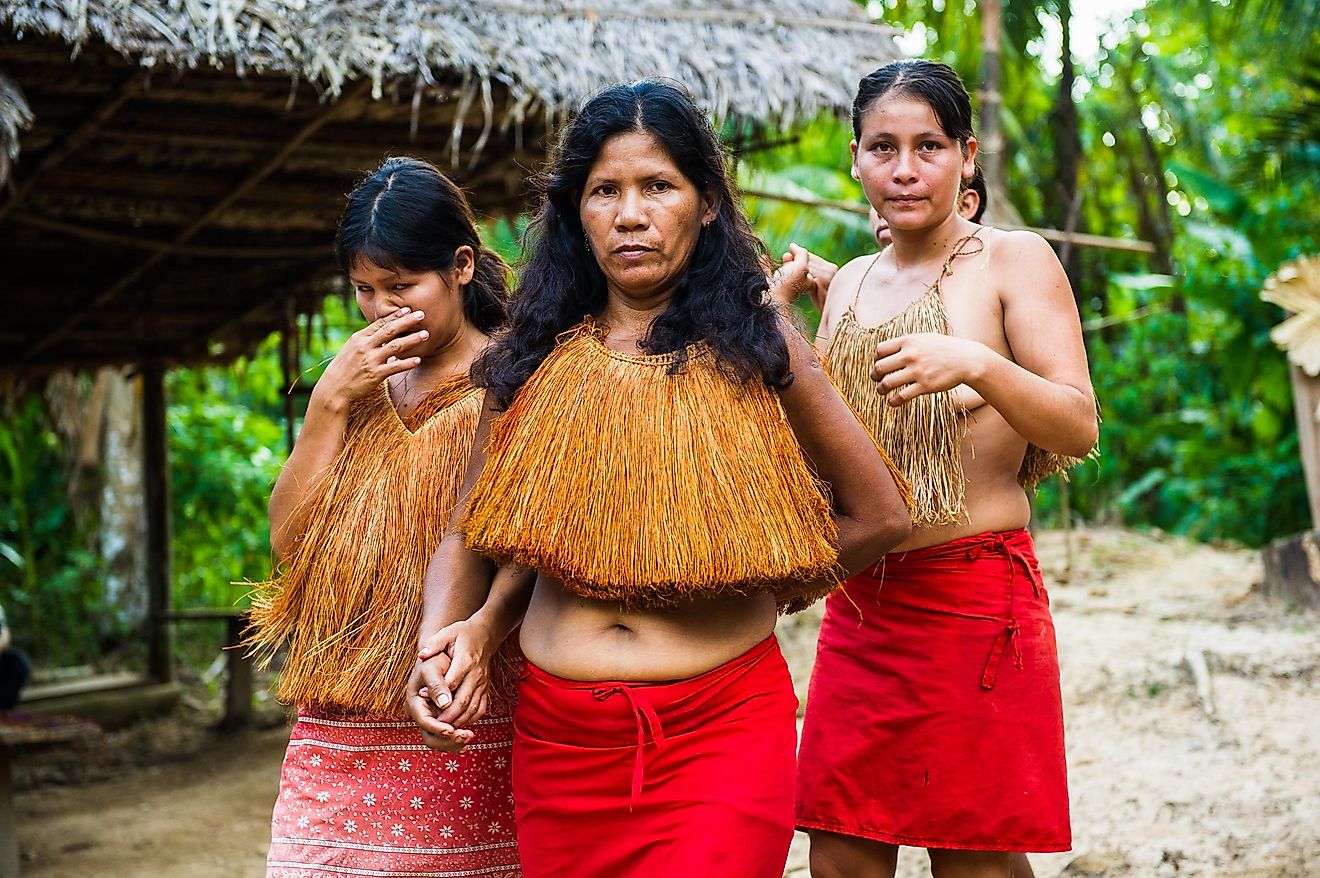The Great Lakes Refugee Crisis

The Rwandan genocide of 1994 is one of the most pronounced atrocities against human welfare in Africa. Over 800,000 people were killed during the 100-day long fight which was fought between the Tutsis and the Hutus. The Genocide was planned by high ranking political elites with perpetrators drawn from the army and the government-backed militia. The genocide was characterized by millions of refugees, especially the Hutus fleeing to the neighboring countries, particularly from what was then called Zaire. The movement of refugees from Rwanda's overcrowded refugee camps leading to thousands of refugees dying due to disease epidemics. The refugee crisis has since been named “The Great Lakes Refugee Crisis.”
Historical Background
The Rwanda Patriotic Front (RPF) began their offensive from their territory in northern Rwanda at the beginning of the 1994 genocide. The Hutu were forced to flee from the advancing RPF forces. The Tutsi refugees, who had been in Uganda since 1959, began their return. The UNHCR was forced to set up a refugee camp on the Rwandan border. As the FPR forces advanced, more refugees were forced to flee into Tanzania. Between April 28 and 29, 1994, 250,000 refugees had crossed over into Ngara, Tanzania. By May, over 200,000 refugees from Butare and Rural-Kigali provinces had into Burundi. By time FPR captured Kigali in June, the French Military has set up a safe zone in Southwest Rwanda to stop the genocide. However, the French military soon ended their intervention in July forcing over 300,000 people to flee from the safe zone towards the Zairean town of Bukavu with thousands remaining as internally displaced persons in the camp. The RPF forces managed to capture the town of Gisenyi in July where they installed a new government with Bizimungu as the president and Kagame as the vice-president. The capture of Gisenyi caused over 800,000 Rwandese to cross over into Goma Zaire. By the end of August, over 2 million refugees from Rwanda occupied 35 camps in the neighboring countries.
Mortalities In The Camp
By the end of the first week of July, the refugee camps were littered with dead bodies with a recorded 600 deaths per week. Two weeks later the deaths had reached 2,000 per week as the number of refugees flowing into the camps had increased. The health situation in the camps worsened with diseases like cholera and diarrhea spreading rapidly. The mortality reached its height in late July when over 7,000 people died in Goma. In total, over 50,000 people died from epidemics which swept through the camps. The crisis was termed as the “worst humanitarian crisis in a generation” by the US President Bill Clinton. The humanitarian situation in these camps attracted the attention of the world with over 200 humanitarian organizations responding to the crisis in Goma refugee camp.
The Militarization Of The Refugee Camps
The political leadership in the refugee camps took charge of humanitarian aid by fronting their men as “elected leaders” to lead the food distribution in the camp. The political leaders would then punish their rivals and enemies by withholding aid from them and rewarding their supporters. They also exchanged food for money by reporting more refugees than the actual number and forcing refugees to pay food tax. The refugees who disagreed with the structure were intimidated, mistreated or even murdered. The Hutu militants who were now well organized in the camp extended their activities to attacking the Banyamulinge ethnic group of Zaire.











